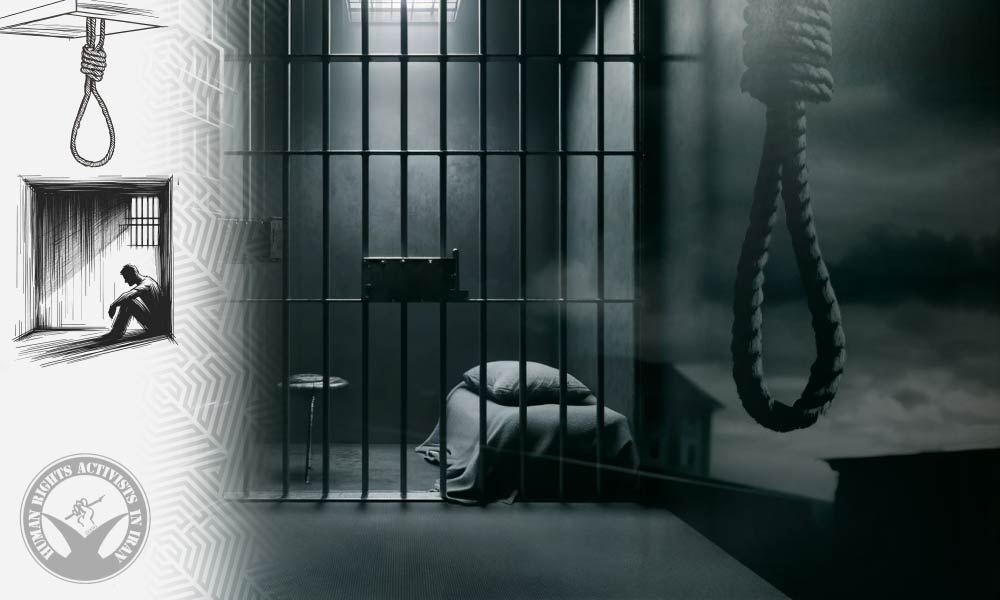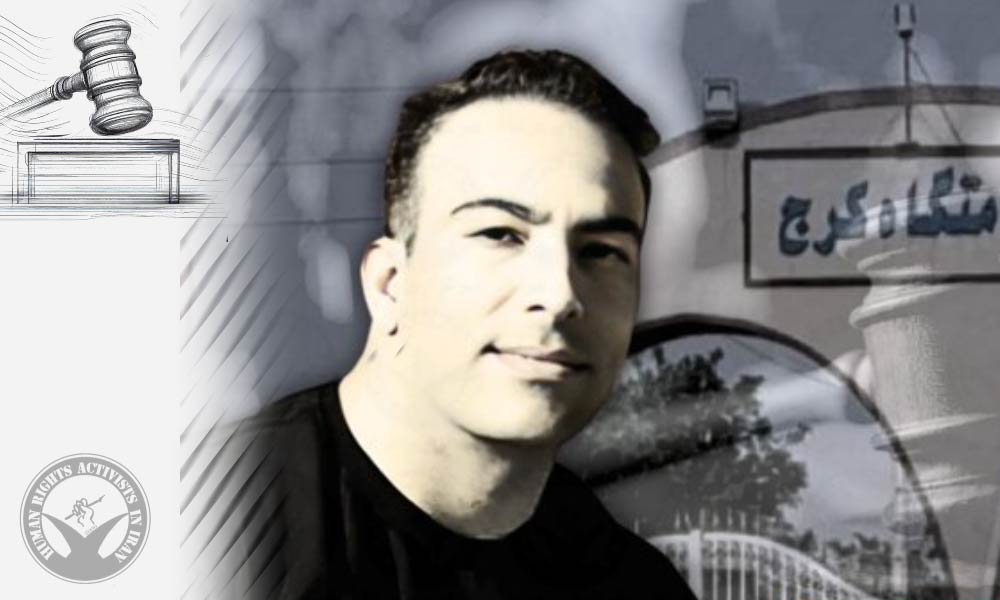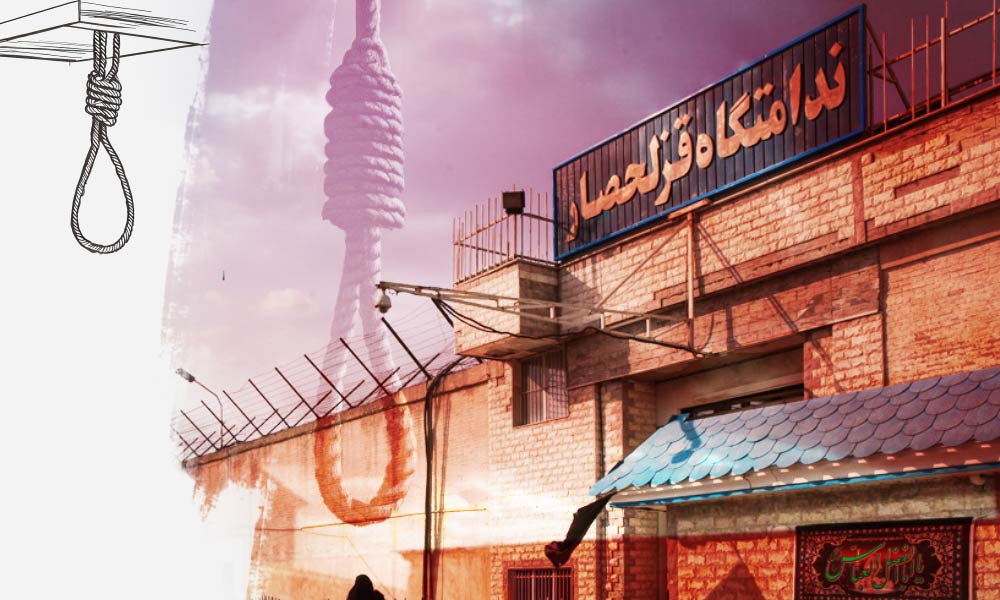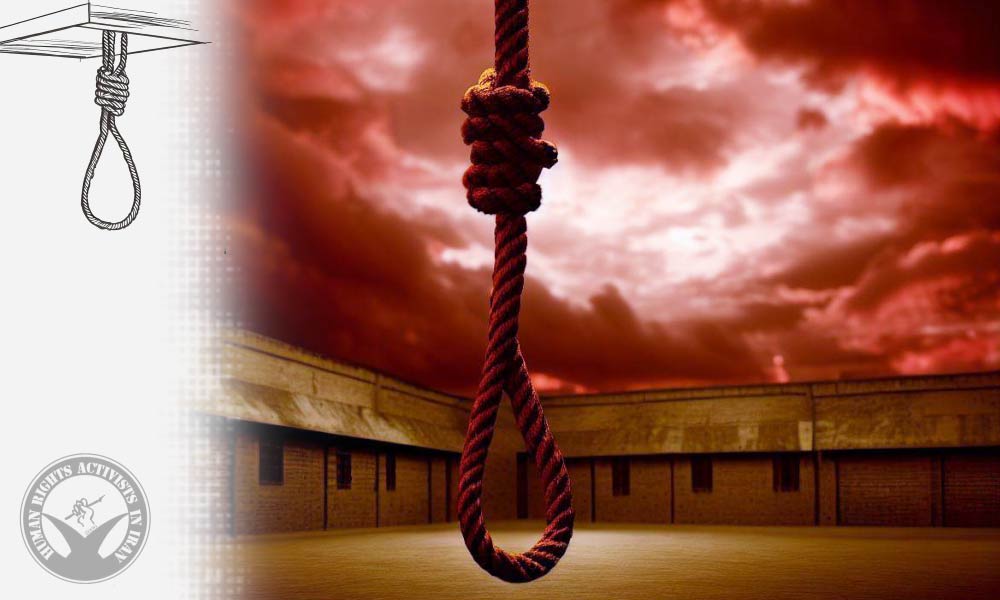HRANA News Agency reports that from February 20 to April 19, 2024, the number of incidents causing death and injury among cross-border laborers (Kolbar) and fuel carriers (Sukhtbar) has significantly increased.
During this period, at least 15 Kolbars in the border areas of Kermanshah, Kurdistan, and West Azerbaijan provinces, and 9 Sukhtbars in the southeastern border areas of the country, lost their lives. Additionally, 141 Kolbars and 11 Sukhtbars were injured. Indiscriminate military shootings were the leading cause, followed by incidents such as falls from heights, frostbite, and cardiac arrest.
In comparison, the casualty figures from the previous two months totaled 93 (10 dead and 83 injured). This indicates a 90% increase in casualties and injuries among border workers (both Kolbars and Sukhtbars) in the recent two months.
Military shootings caused the deaths of 9 Kolbars and injuries to 115. Additional Kolbar fatalities occurred due to falls from heights (3 deaths), frostbite (2 deaths), and cardiac arrest (1 death). Of the injuries, 17 resulted from falls, 4 from military personnel assaults, and 4 from landmine explosions in the border areas.
In Sistan and Baluchestan province, 9 Baluchi Sukhtbars died from direct gunshot wounds or vehicle overturns due to military shootings. An additional 11 Sukhtbars were injured in similar incidents.
All reported incidents in Kermanshah province occurred in the border areas of Nowsud county, resulting in 98 injured Kolbars and 3 deaths. In Kurdistan province, the border areas of Baneh reported the most Kolbar casualties, with 3 deaths and 22 injuries.
Between March 23 and March 28, 2024, at least 7 Kolbars died, with 5 deaths attributed to military shootings and falls from heights.
On February 24, 2024, military personnel targeted dozens of Kolbars with gunfire at the border. Investigations show that on this day, at least 45 Kolbars were injured by military gunfire.
These figures are collected by HRANA and may underreport the true scope of casualties, as data is likely lacking in some areas.
Kolbars, primarily Kurdish citizens residing in impoverished regions, face numerous hazards while carrying heavy loads over long, difficult paths, in addition to facing military forces on both sides of the border. Indiscriminate shootings by border guards remain a significant cause of death and injury among Kolbars.
Meanwhile, in Sistan and Baluchestan province, lack of sufficient income forces many to engage in high-risk fuel carrying, known as Sukhtbari, for family livelihood. This dangerous occupation involves transporting fuel across borders and exposes workers to threats such as military attacks and natural disasters.
In addition to material damages, the killing of pack animals and incidents such as frostbite and avalanches also lurk for cross-border workers.
HRANA’s report on human rights violations in Iran during the 1402 Hijri year provides statistics on citizens killed or injured by Iran’s military forces.














